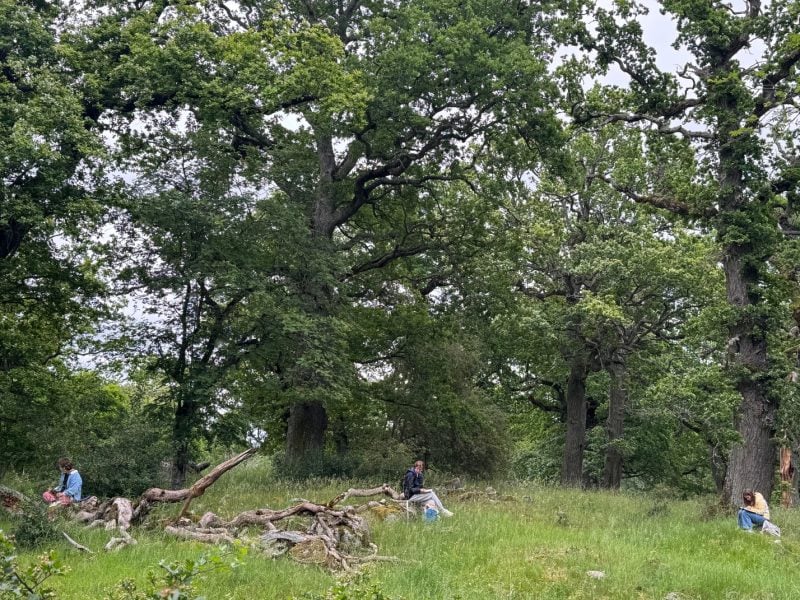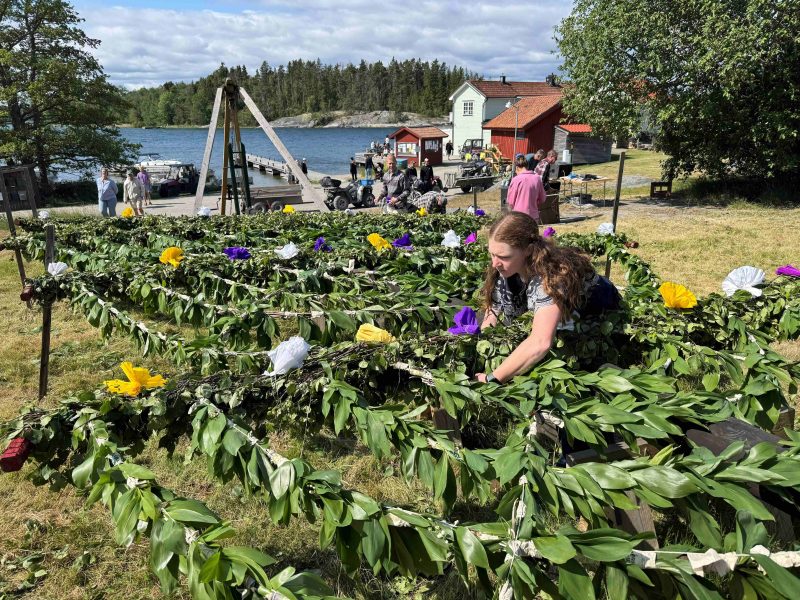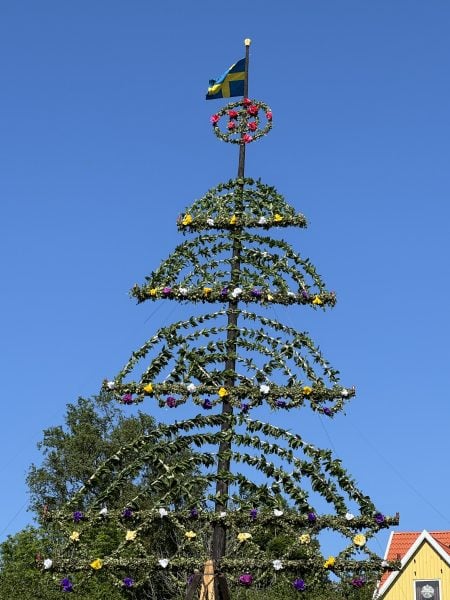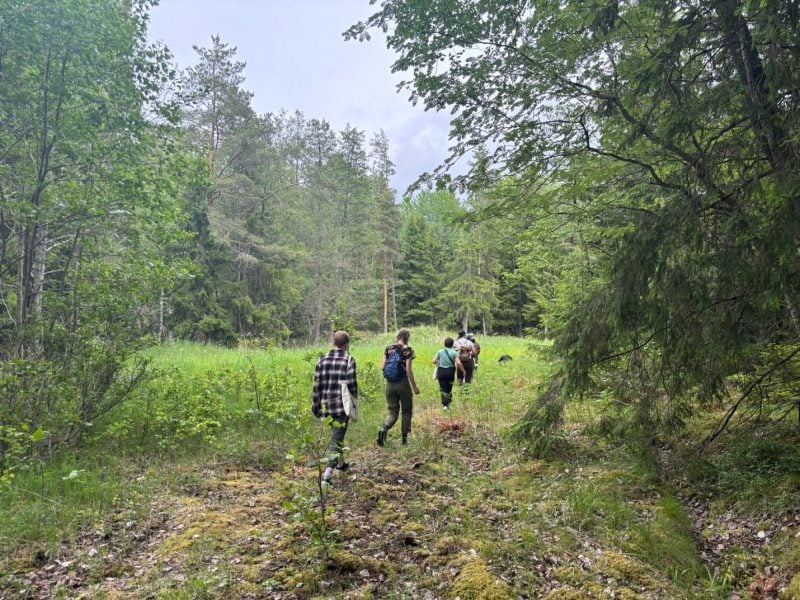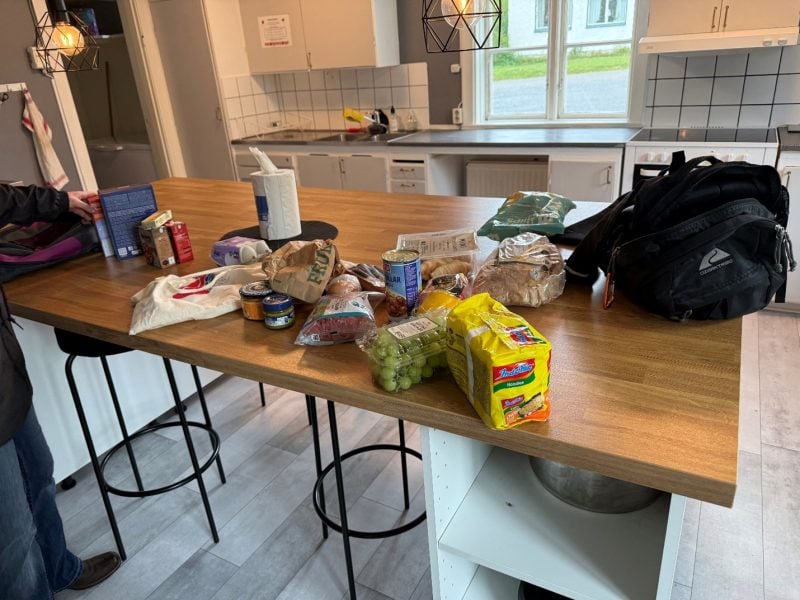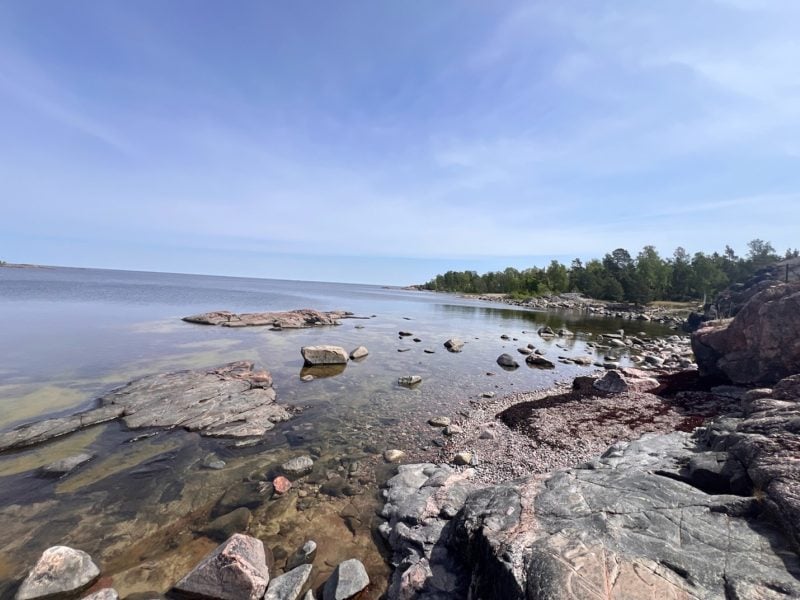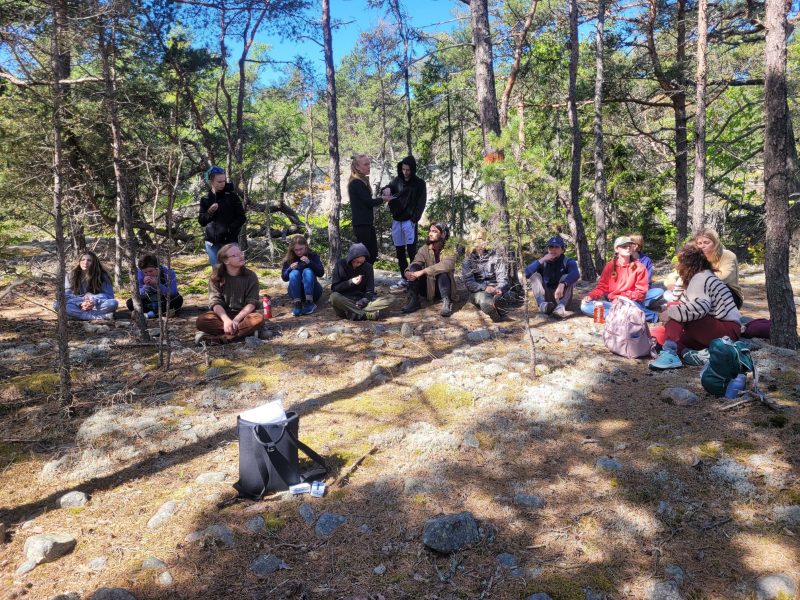
(Post and image provided by Aidan Wasilowski)
The 2025 Sustainability in Sweden study abroad officially came to an end today (June 22) as the group made their way back to Stockholm for one final night and dinner together on midsummer day before flying out. It’s a bittersweet moment after spending such a long time with once strangers. While it may be nice to have home coming up fast, it can be hard not to be caught reminiscing on the time spent with one another, wishing it wasn’t over just yet.
It is not often such a large group of people can connect in a way that’ll never be forgotten. The last group dinner made this clear, as there was a tension present that’s not often felt. With everyone used to our new normal, it was obvious the group still wanted to keep that until the very last step to the plane, yet it seemed clear to us all that goodbyes were coming whether or not preparations felt met. Each minute that passed gave that tension room to grow because it really was time to begin the journal home in our own ways.
This is what bittersweet tension is like. Every single person was clearly glad they pushed themselves in this way and made connections with the culture, location, and people around them that they’d never let go of. Even with the relief home brings, it’s clear we will all miss this new normal we created together.
From each and every one of us, Thank you Tara, Molly, and Lisa for a wonderful experience.
What a perfect month it was.
